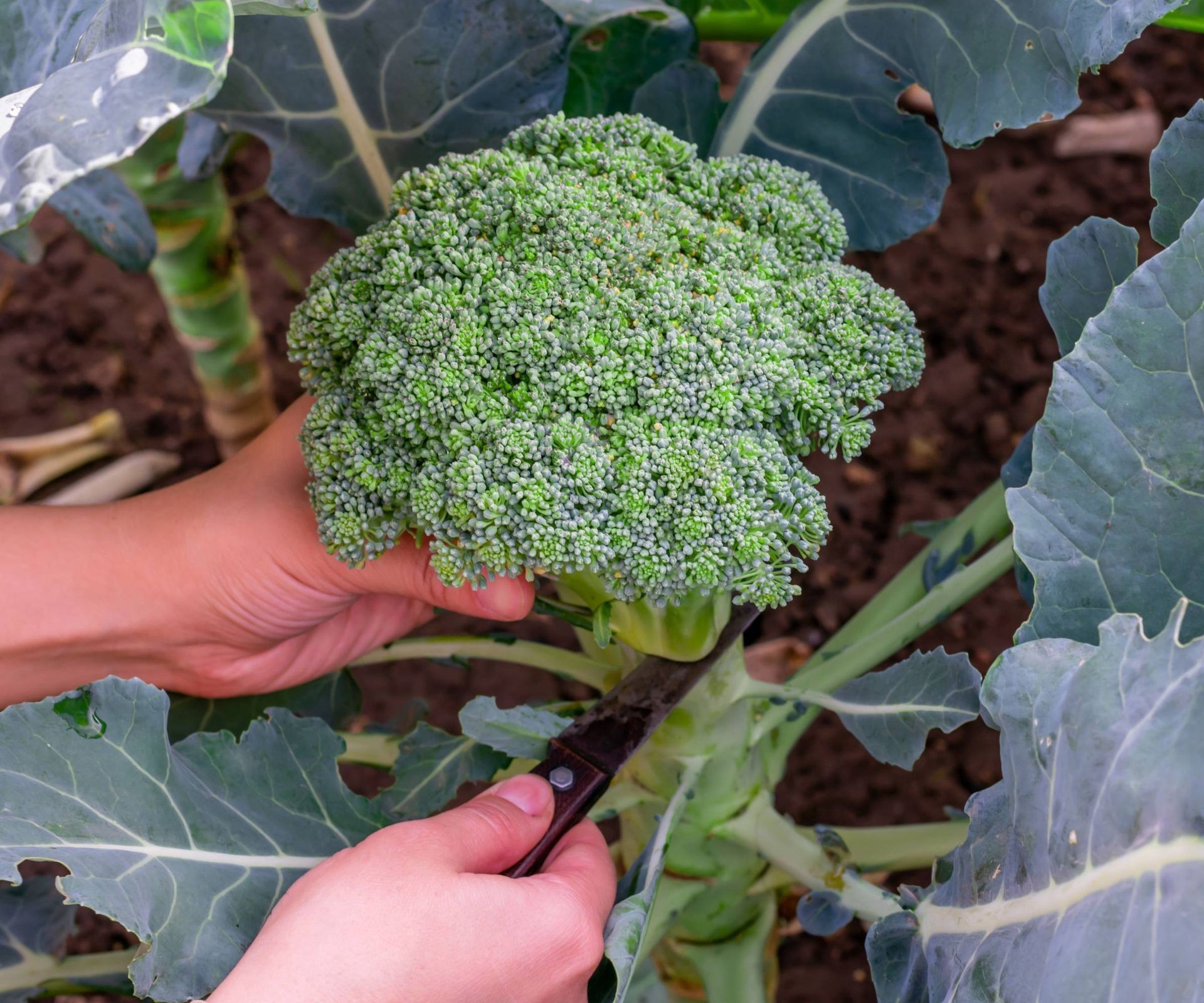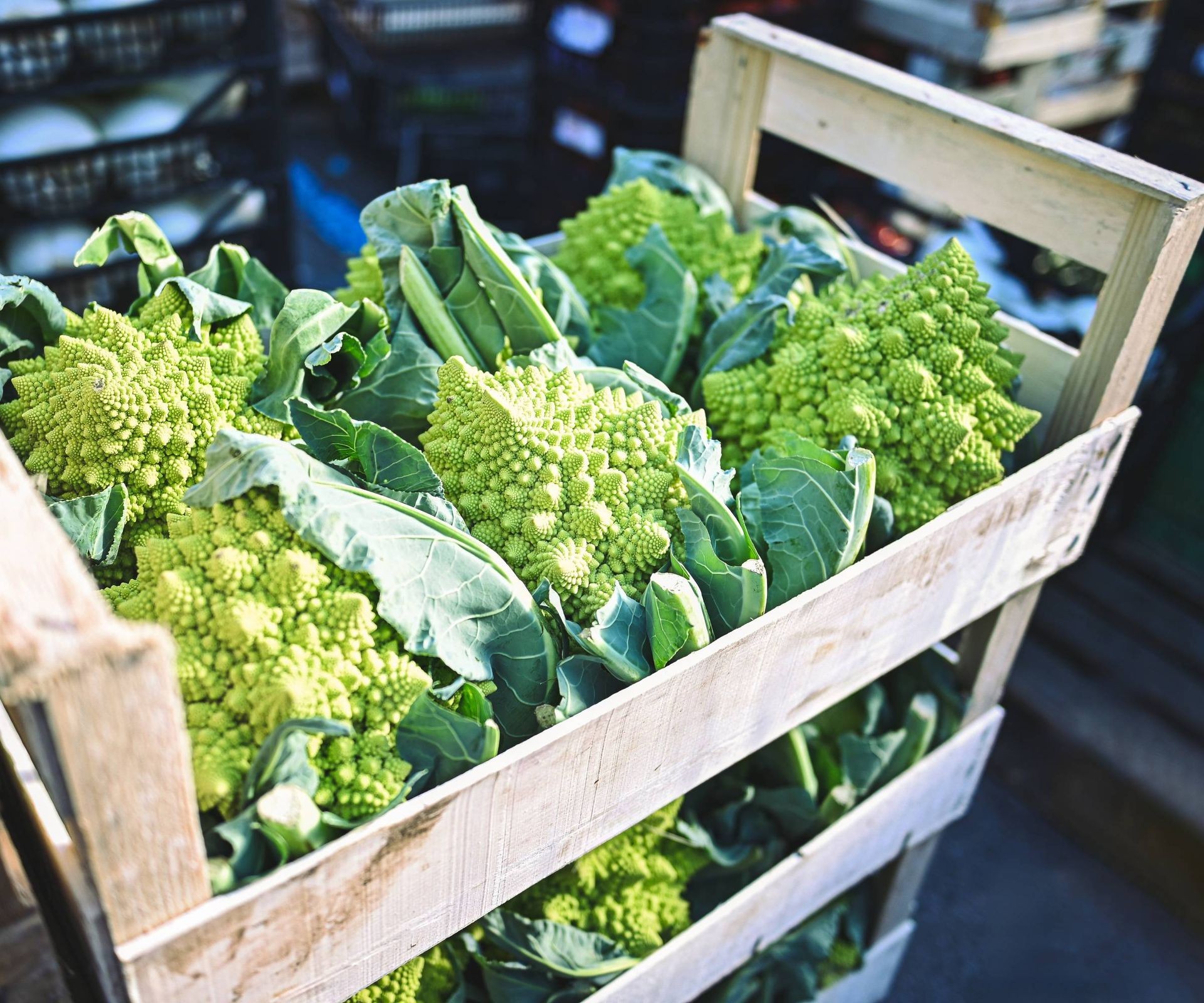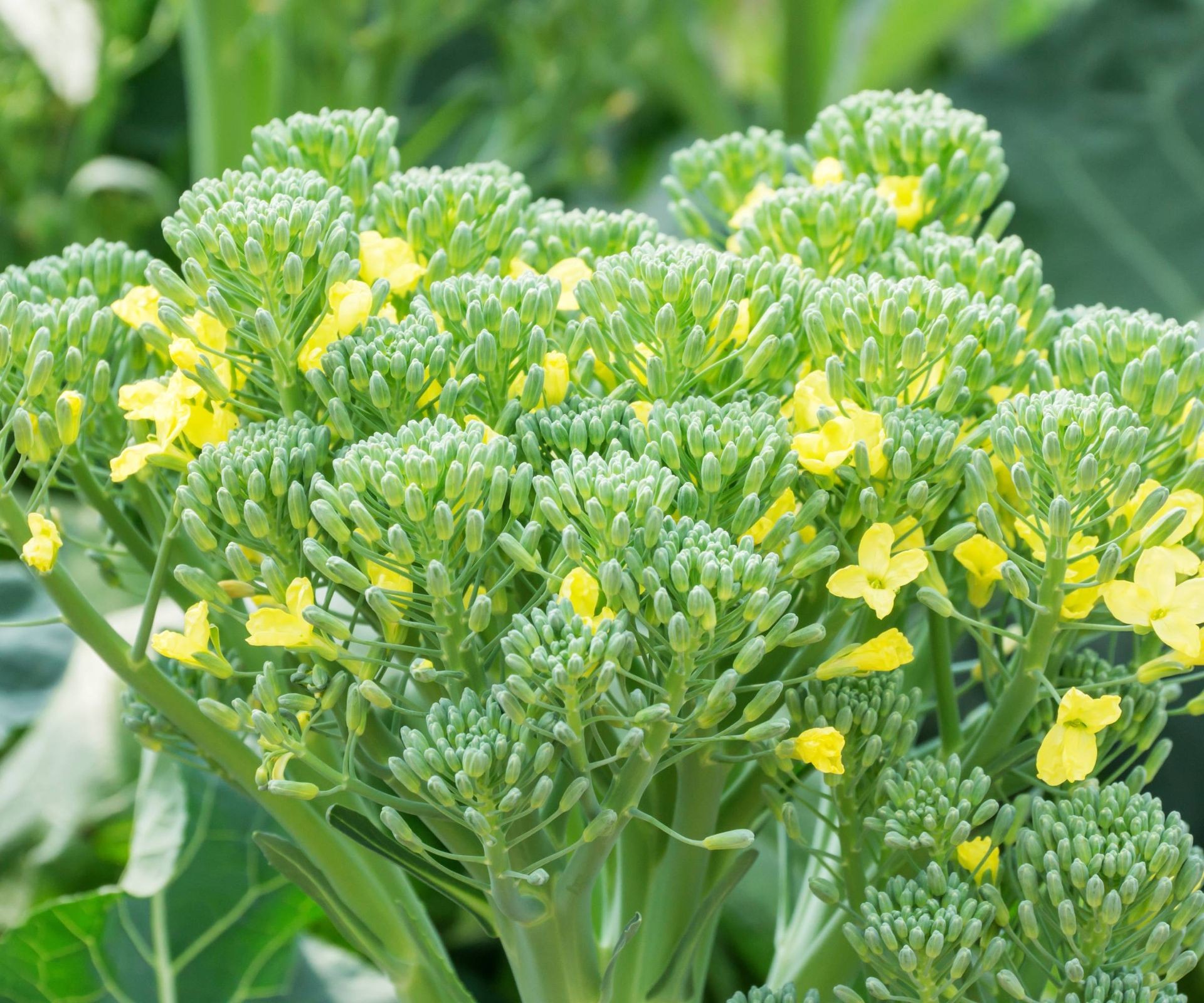No products in the cart.
NEWS
Mastering Your Broccoli Harvest: When and How to Cut for Abundant Yields
Growing broccoli can be a rewarding experience, offering fresh, nutritious vegetables right from your garden. While relatively easy to cultivate with adequate sun, good soil, and consistent watering, the key to success often lies in knowing precisely when and how to harvest this popular cool-season crop. Broccoli is sensitive to heat and can quickly “bolt,” meaning it goes to flower, diminishing quality. Timing your harvest perfectly ensures you capture that peak flavor and texture. Understanding the right signs and techniques is essential for a successful harvest.
When to Know Your Broccoli is Ready
Determining the optimal broccoli harvest time depends on several factors, including the specific variety you planted and your local climate conditions. While many varieties mature between 50 and 90 days after planting, relying solely on a calendar isn’t the best approach. The plant itself will show you the clearest indicators that it’s ready for harvest.
Keep a close watch for these signs:
- Head Size: The main, central head should typically reach a diameter of four to eight inches (approximately 10 to 20 cm). Note that size can vary considerably depending on the specific variety you are growing.
- Bud Appearance: The individual flower buds that make up the head should appear plump, tight, and display a rich, dark green color.
- Bud Tightness: Examine the buds, particularly those around the edges of the head. They should be tightly closed and about the size of a match head.
- Color Check: Crucially, if you begin to see any hint of yellow on the head, harvest it immediately. Yellow signifies that the flower buds are starting to open, indicating you’ve waited slightly too long for peak quality.
 Gardener harvesting a mature main broccoli head with a knife
Gardener harvesting a mature main broccoli head with a knife
While most broccoli types follow a similar general timeline for maturing the main head, different varieties and types (like those bred for side shoots) might offer variations in harvest timing or duration.
 Detailed view of Romanesco broccoli heads showcasing unique fractal pattern, hinting at diverse varieties
Detailed view of Romanesco broccoli heads showcasing unique fractal pattern, hinting at diverse varieties
The Art of Harvesting the Main Head
Once your broccoli head shows the classic signs of readiness, harvesting is a straightforward process that requires a clean cut.
To harvest, use a sharp knife or garden shears. Cut the main stalk about five inches (approximately 12.7 cm) below the base of the head. Making a clean, decisive cut is important. This precise action helps to encourage the plant to produce smaller side shoots, which can provide you with additional harvests.
Beyond the First Harvest: Enjoying Side Shoots and Leaves
Your broccoli plant’s productivity doesn’t necessarily end after you remove the main head. Often, smaller heads will begin to form on side shoots that develop lower down on the stalk, below where the main head was cut.
These side shoots are just as delicious as the main head, though they will be smaller. Harvesting these can extend your broccoli season by several weeks. Some broccoli varieties, such as ‘Italian Sprouting,’ are specifically cultivated for their prolific side shoot production, offering a continuous harvest over an extended period. Continue harvesting these smaller heads as they reach readiness (plump, tight buds) until production slows, frost damages the plant, or the plant shows signs of bolting again.
Additionally, you can harvest broccoli leaves, which are edible and nutritious. However, exercise caution: harvest only a few leaves at a time from each plant, no more than once a week, especially before harvesting the main head. The leaves are vital for the plant’s energy production. After the main head is removed, you can take more leaves, but be aware that doing so might slightly reduce the number of side shoots the plant produces.
Can You Save Broccoli Seeds?
For those interested in seed saving, you can allow one or two broccoli plants to remain in the garden after the main harvest. These plants will continue to grow, flower (displaying yellow blooms), and eventually develop seed pods. Once the pods appear and dry on the plant, cut the stalk and hang the plant upside down in a cool, dry place for a couple more weeks to ensure complete drying. Then, crush the dried pods to release the small seeds. Store them in a cool, dry location. It’s important to note that because broccoli is often cross-pollinated, seeds saved from hybrid varieties may not produce plants identical to the parent.
 Close-up of a broccoli head showing small yellow flowers starting to bloom, indicating it is past ideal harvest time
Close-up of a broccoli head showing small yellow flowers starting to bloom, indicating it is past ideal harvest time
Common Questions About Harvesting Broccoli
Gardeners often wonder about the potential yield from a single broccoli plant and the consequences of delayed harvesting.
Typically, a sprouting broccoli plant will produce one primary, large head followed by several smaller side shoots after the main head is harvested. These side shoots provide a valuable bonus harvest.
If you miss the optimal harvest window and wait too long, the tightly packed buds on the broccoli head will begin to open into small yellow flowers. While the plant material is technically still edible at this stage, the texture becomes less desirable, and the flavor can turn strong or slightly bitter. It’s best to harvest before the flowers open for the sweetest taste and best quality.
Mastering the timing and technique of broccoli harvest ensures you get the most from your plants. By paying attention to the visual cues and knowing how to encourage follow-up yields from side shoots, you can enjoy fresh broccoli over an extended period. Support your gardening success with quality inputs from Biogarden.Asia and share your bountiful harvest experiences!



